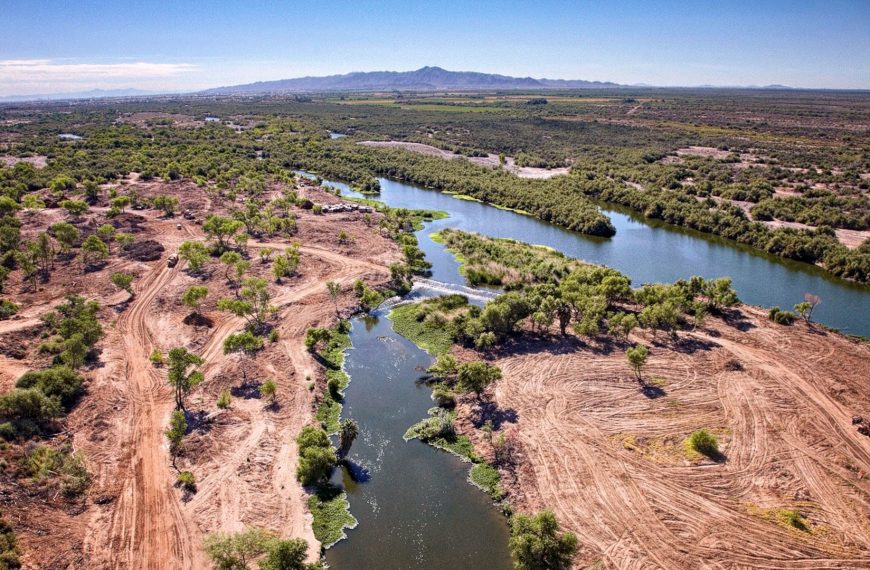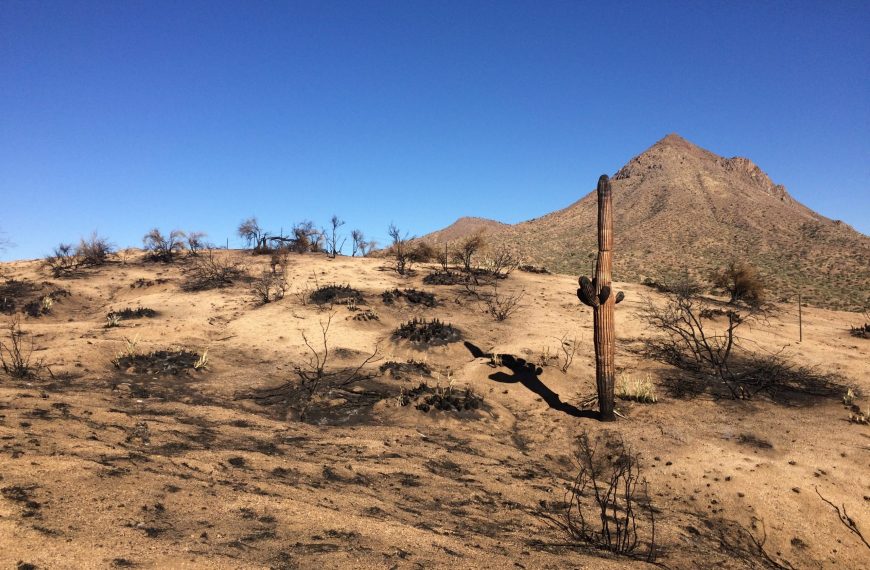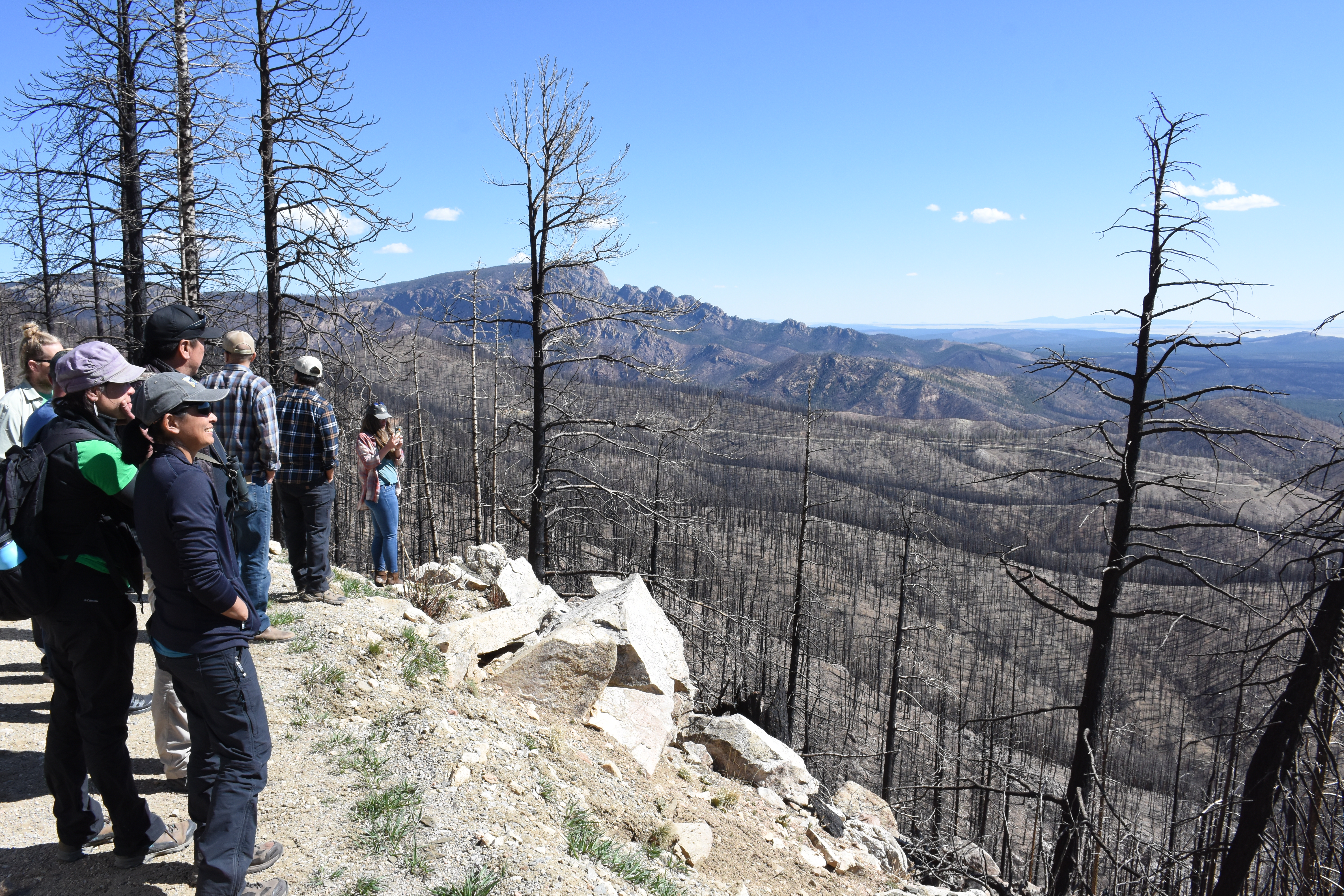Date: January 13, 2016
Presenter: Zander Evans, Forest Guild
Each year wildfires damage homes, businesses, communities, watersheds, and forests on millions of acres across the U.S. However there are effective ways to reduce the impact of wildfire. A new report, Evaluating the Effectiveness of Wildfire Mitigation Activities in the Wildland-Urban Interface, shares lessons learned from communities across New Mexico. For much of the 20th Century, an aggressive and successful effort suppressed most forest fires. However, many forests, particularly conifer forests of the western U.S., require low-intensity fires to stay healthy. Without these periodic fires, many forests have become dense, unhealthy, and at risk of high severity wildfire. In the U.S., unhealthy forests and high severity wildfire are hazards for the 99 million people living near forests in a zone called the wildland urban interface (WUI). The Forest Stewards Guild’s new report identifies successful approaches to reducing wildfire hazard in the WUI. The report examined how fuel treatments change modeled wildfire behavior in 12 WUI areas, analyzed over 2,000 assessments of home wildfire hazard, studied the community hazard reduction program called Firewise, and integrated these different pieces of WUI mitigation efforts by studying the implementation of nine Community Wildfire Protection Plans (CWPPs) in New Mexico. The report presents strategies for success for creating CWPPs and mitigating wildfire in the WUI. The report was funded by the Joint Fire Science Program and can be downloaded from: www.foreststewardsguild.org/publications/research/2015/WUI_effectiveness… (link is external)





